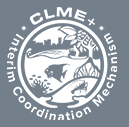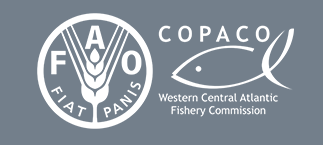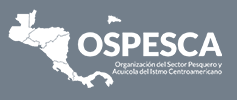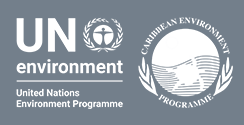OVERVIEW OF SAP IMPLEMENTATION PROGRESS:
The below table shows the overall level of progress of the implementation of the Priority Actions under the selected Strategy(s). For actions with over-arching assessments of progress, a pie chart is used to indicate the level of progress (e.g. one quarter represents basic progress, one half represents moderate progress, three quarters represents good progress and a full pie or a full circle means the action has been completed). Subjectivity of over-arching assessments is indicated via the strength or hue of the color. A stronger or brighter color indicates low subjectivity. A more faded or lighter color indicates higher levels of subjectivity related to that assessment.
(Click the link in the last column to see the detailed progress records for each Action)










